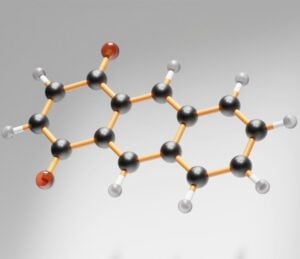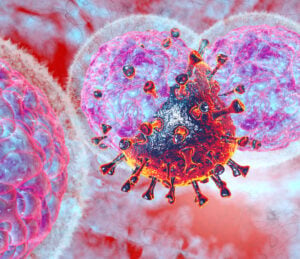Looking to expand your partner network with the latest in the field of immunology? Consider joining Inpart's global network for free.
Best in Biotech 16 May 2025
Nine promising small molecule drug discovery companies to look out for in 2025
Discover nine small molecule drug discovery companies that have raised funding for their novel medicines in the last year.


















